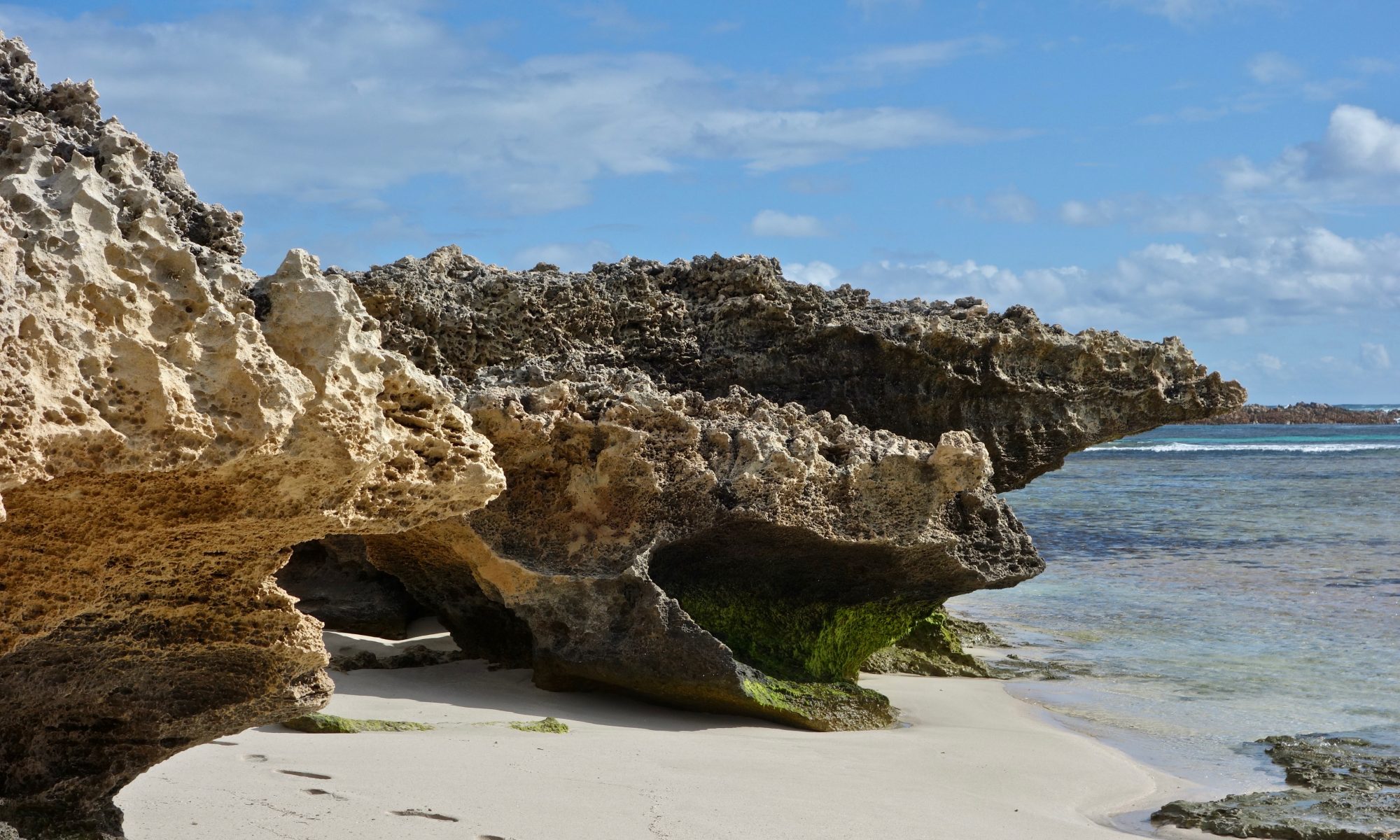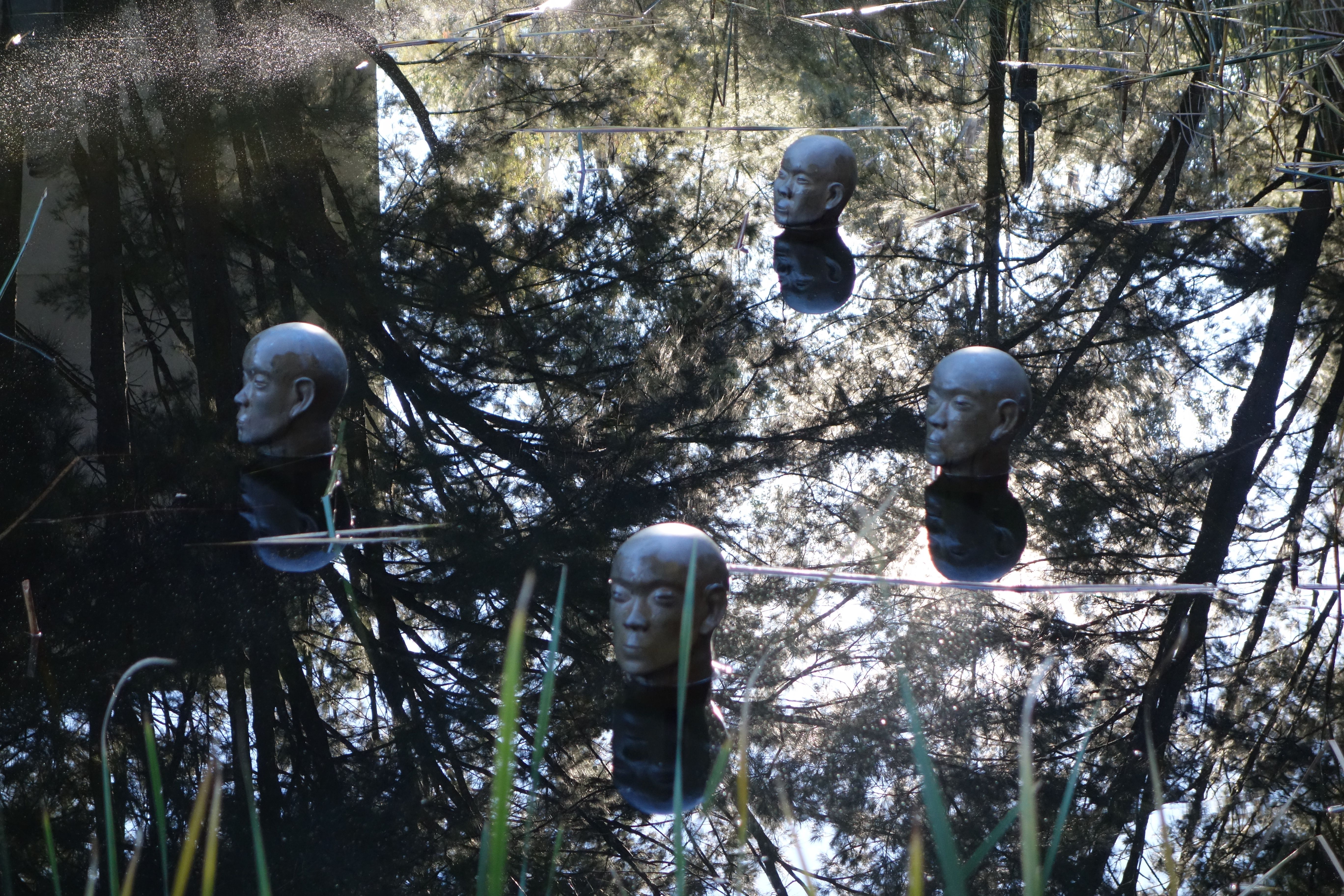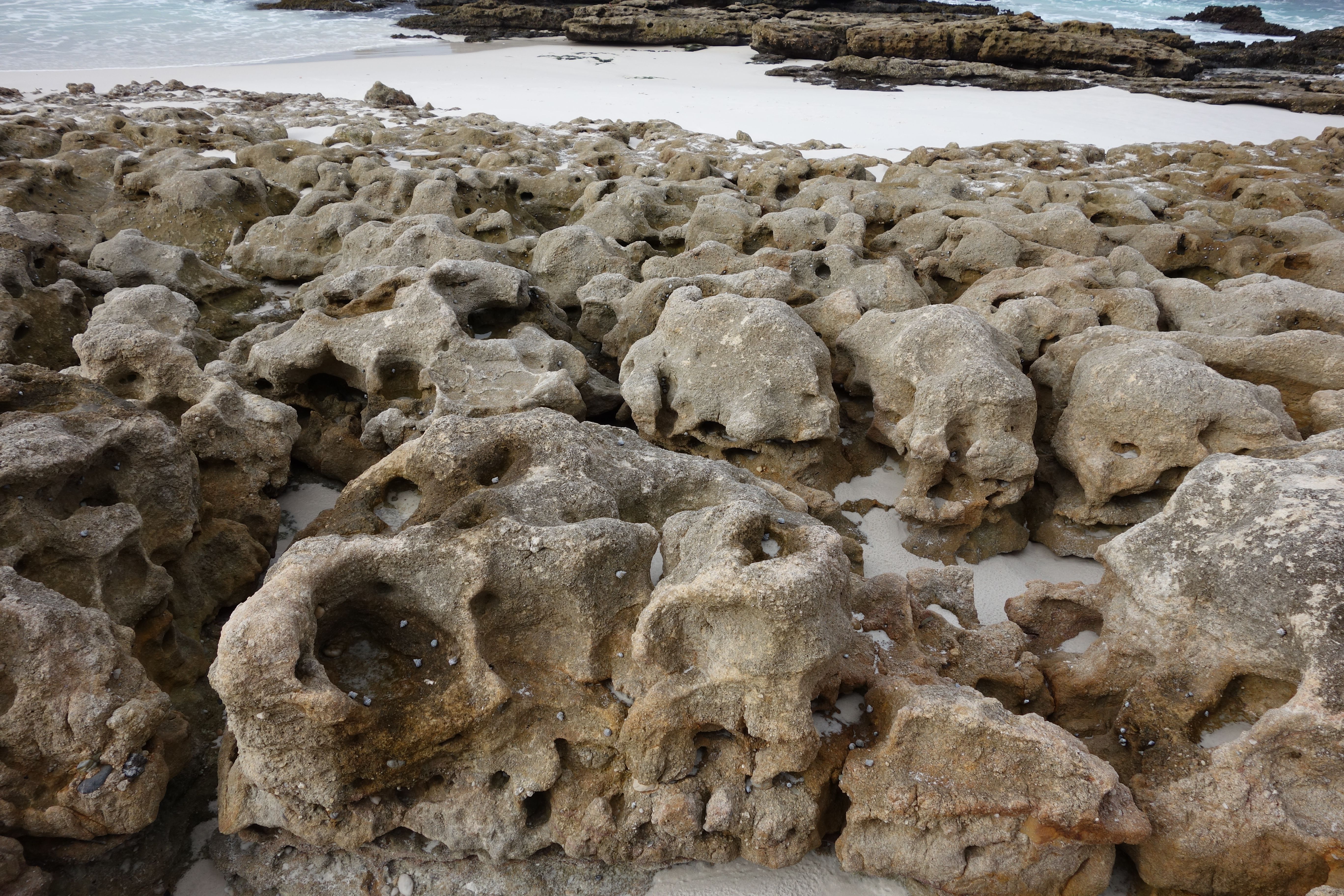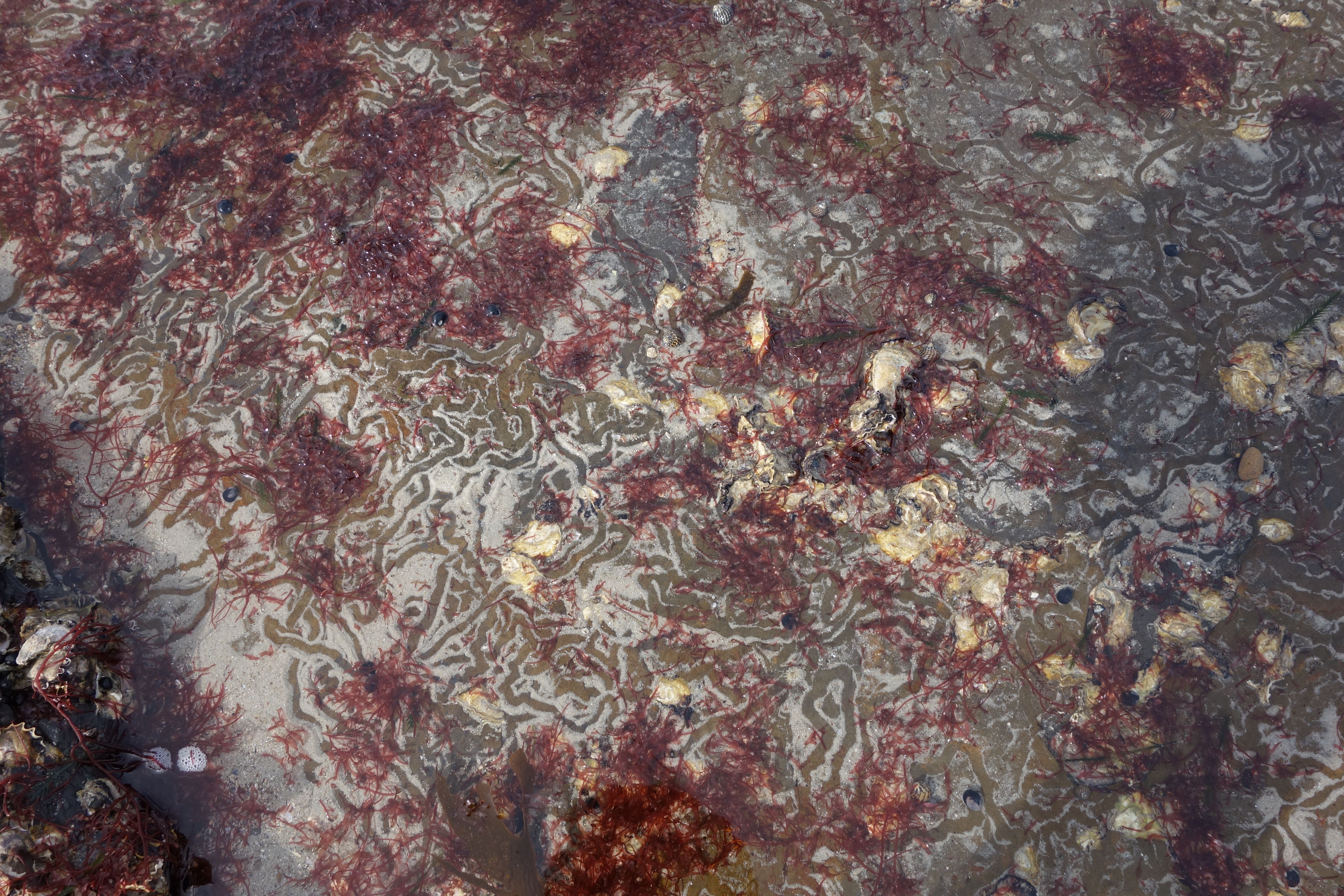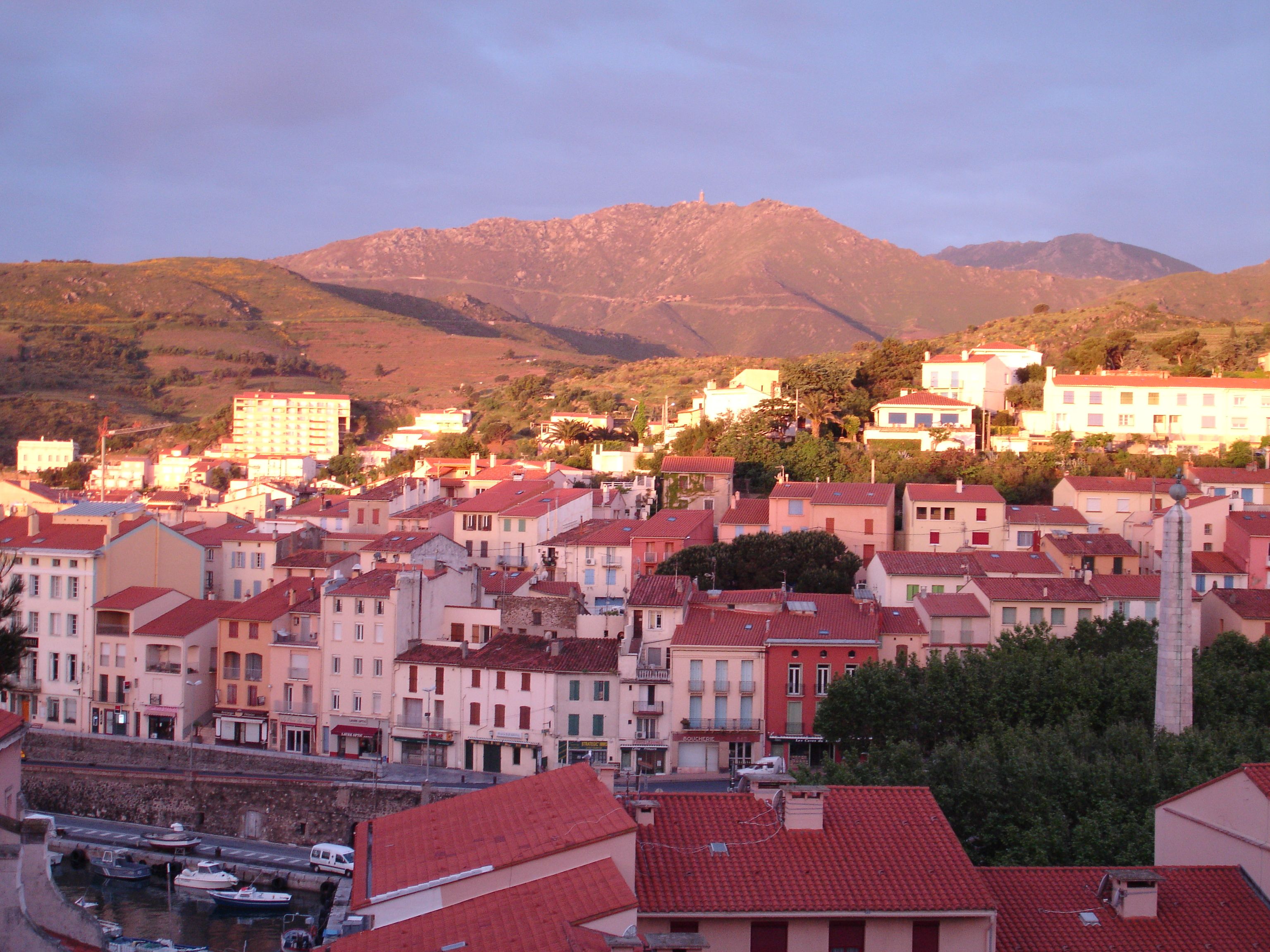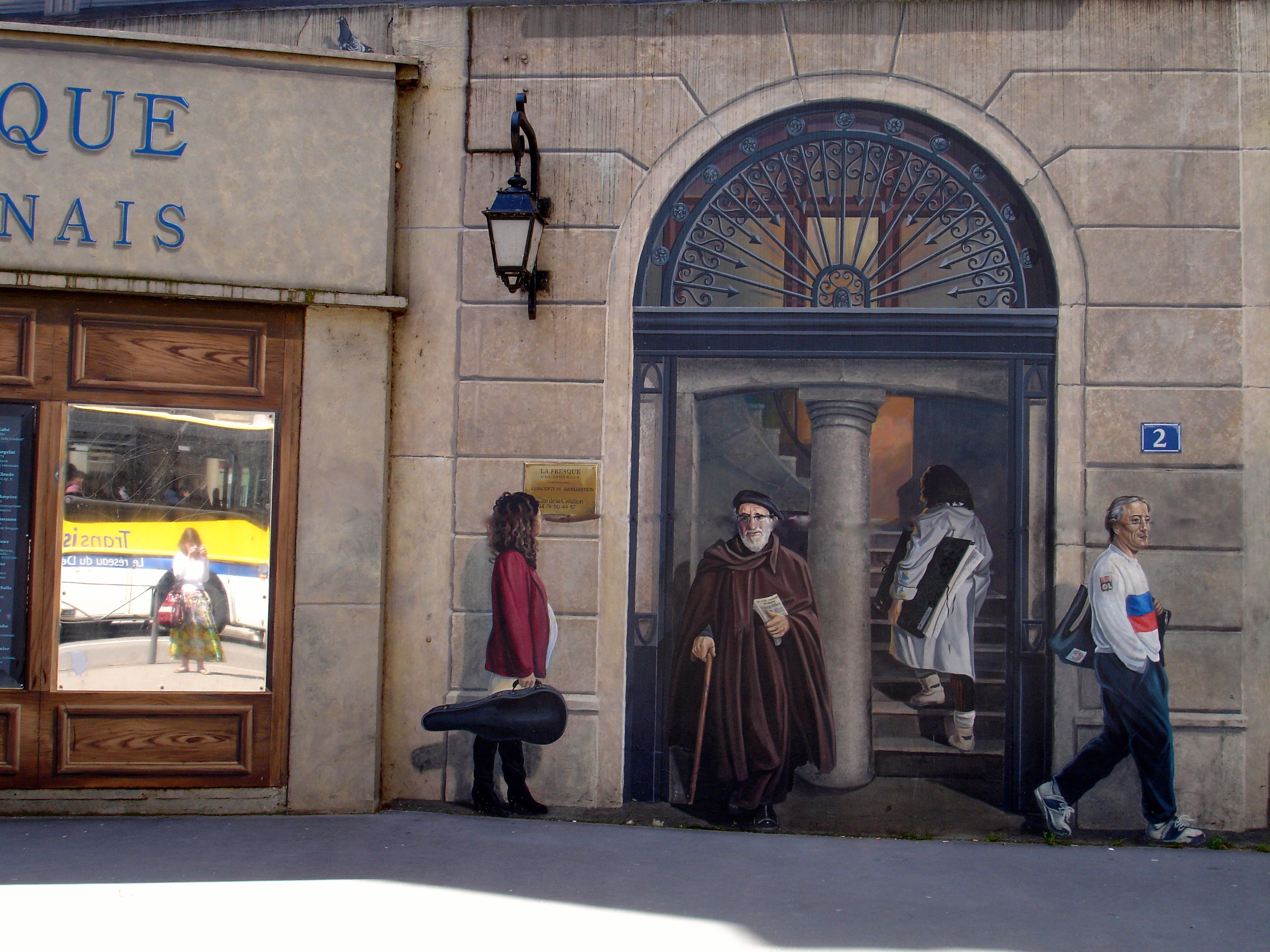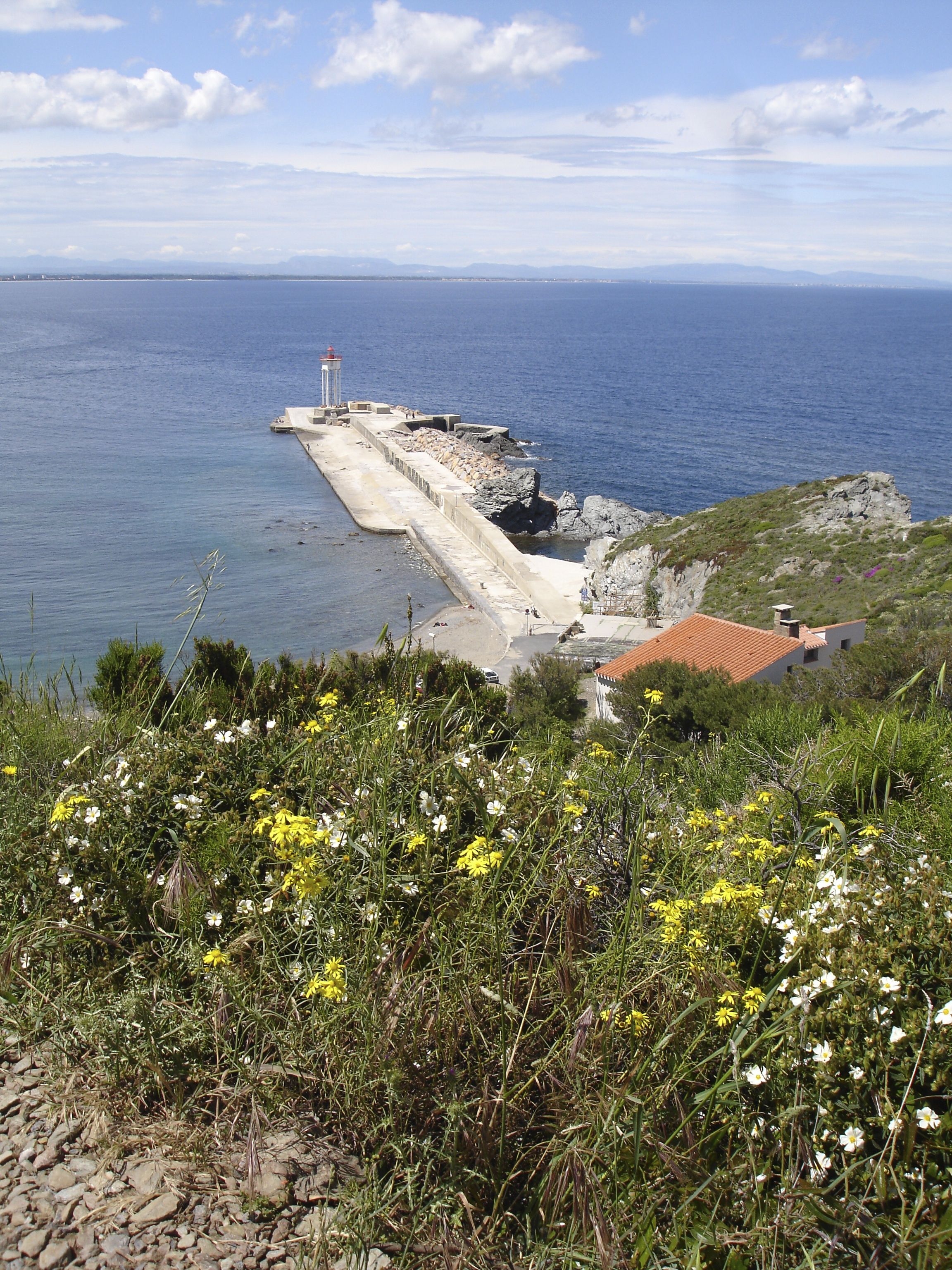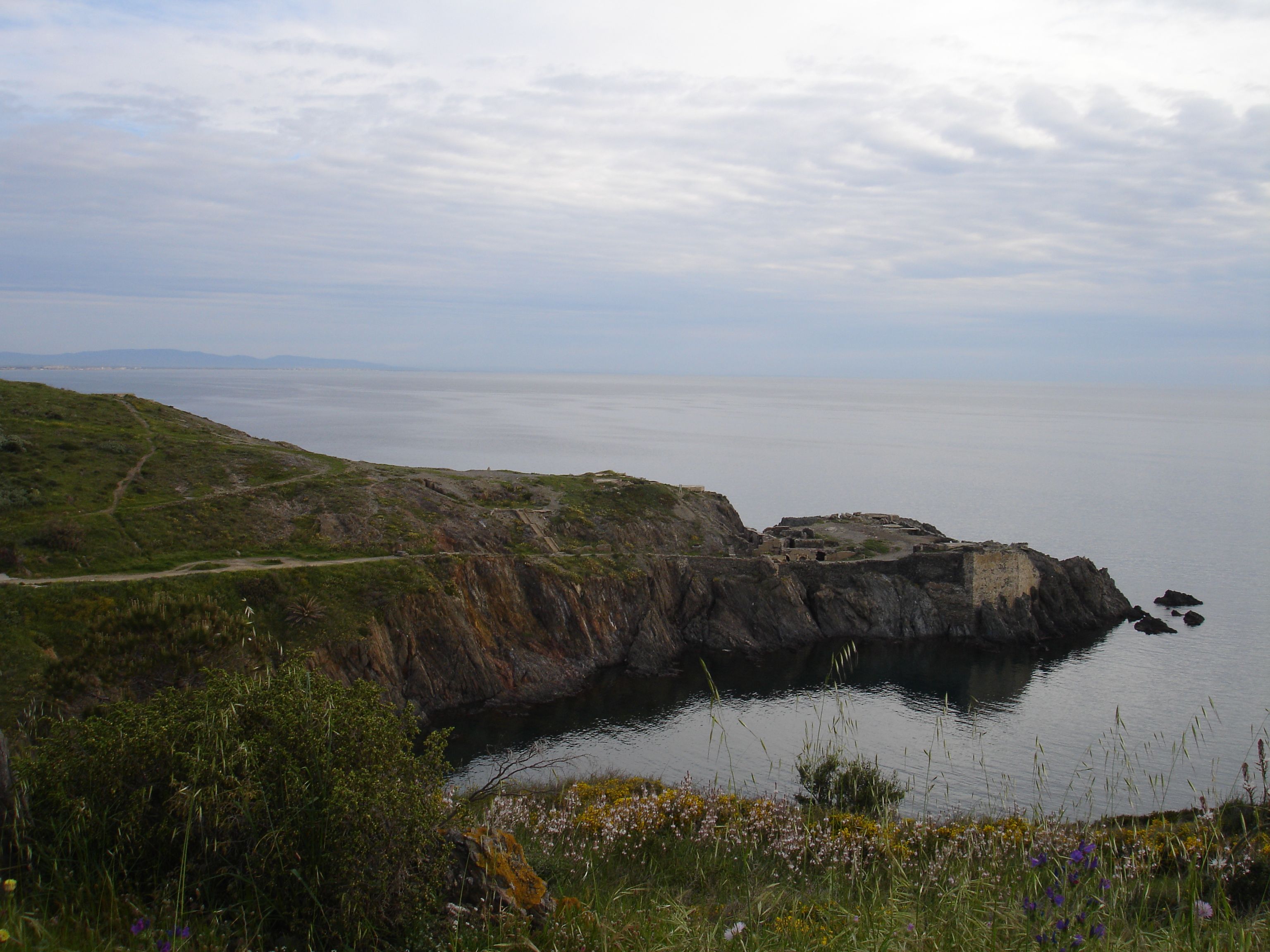When I read the weekly photo challenge to take a photo at the golden hour of sunrise or sunset, I thought, well, I already know about sunset light, so why not make an effort to study the light of sunrise. But to do that I’d have to get up at sunrise on Sunday. I had no intention of doing that.
Then, this morning at ten to seven, after six hours’ sleep, I woke to see my room suffused with pink. At first I ignored it. Too tired. But I dared to open my eyes again a few minutes later and the light in the room was tinged with reddish purple. I jumped out of bed and raced to find my camera, knowing that coloured light is fleeting. You can see that I took the first photo at three minutes past seven – it took me that long to get ready for my cold back yard.
The official sunrise time was 7:10am, but Canberra was pretty in pink before that moment. Not really a ‘golden hour’; more of a ‘rosy hour’. When the actual moment came at 7:10, the pink glow had mostly gone, faded to grey. It’s mid-winter here; the temperature was about 6 degrees, a few degrees warmer than usual for this time of morning; the sky today is completely covered. I know the sun was behind these rosy photos but I never saw it.



